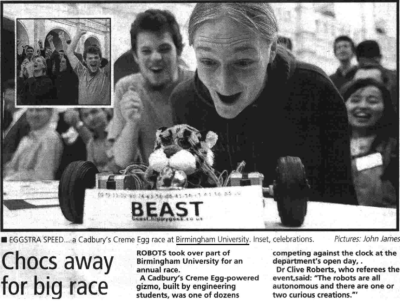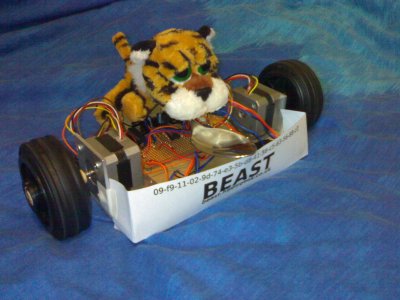Microsoft's application for their OOXML office format to be fast tracked to an ISO standard has been turned down. There were lots of rumours flying around all day yesterday about what the result of the latest vote was, but it has finally been officially announced by ISO. Grocklaw has the details.
Standards for digital office documents might be a dull topic to discuss, but they're of a huge political importance. Microsoft currently has a monopoly with their Office suite and their proprietary office formats lock users' data in a single software vendor. This has the potential to cause huge problems for long term storage of data, let alone forcing computer users (including governments, schools and hospitals) into purchasing costly Microsoft software in order to read the documents others create.
An international standard already exists for documents, it's called the Open Document Format and it's an open standard used by many competing office suites including OpenOffice, StarOffice and KOffice. Microsoft is trying to push through a competing standard to ODF called OOXML which will complicate document standards and many believe is so technically complex that it could never practically be implemented by any company other than Microsoft. This would give the impression that Microsoft documents are in an open format, but actually perpetuate the problem of vendor lock-in.
To put it into perspective, the OOXML standard document is 6545 pages long. The existing ODF standard achieves the same goal in a document which is just 867 pages long. The reason for this is that ODF referenes existing ISO standards for things like date formats and mathematical formulae where as OOXML invents new ways of doing everything. In fact, despite the impossible length of the OOXML standard document, huge parts are missing because the document references Microsoft implementations which people implementing standards have no access to.
OOXML is the worst kind of standard. It was created for the wrong reasons, it is in competition with an already approved ISO standard, it is hugely complex to implement and up until now was being rushed through a standards process at an unreasonable speed. It gives me great faith in the international standards process that the ISO voted not to allow OOXML on a fast track to being a standard. Microsoft have been using some very underhand tactics to get the votes they needed and I'm pleased that their financial clout has not affected the result of the vote.
Reading Microsoft's press release you'd be forgiven for thinking that yesterday was a huge success for Microsoft, but it is pure spin. The reality is that they lost both of two votes required for the fast track to be approved and this is a set back for them.
But the fight is not over yet. The OOXML format was turned down for a fast track for now, but this does not prevent it from becoming a standard in the future. Many comments will have been made on the proposed standard which Microsoft can address and try to take the application further.
Microsoft are trying to make a mockery of the standards process, there is no need for a duplicate standard for documents and the proposed OOXML standard is completely self-serving. They should concentrate their efforts on adopting existing international standards rather than trying to force the world into using their own.







